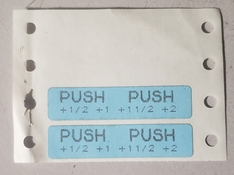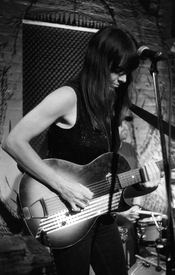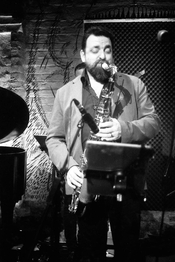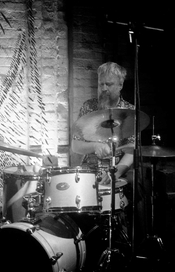Doremus Scudder
Member
It seems to me that many beginning film photographers who come from digital photography don't (at least at first) understand the say film works. Some think that they can adjust the ISO of the film by simply choosing a different setting on the dial, not realizing that film speed doesn't work like that. Some think that "pushing" equates to underexposing without realizing that a development compensation has to be made as well. Etc., etc.
Pushing, as I understand it, is underexposing your film and sacrificing the shadow detail intentionally, for whatever purpose, practical or aesthetic, and then developing appropriately longer to get the mid-tones and highlights to a point where they will print more easily. This stretches the tonal range and has a characteristic look that many like.
Underexposing without the accompanying development compensation is not pushing, just simply underexposing. Nothing has been done to make the resulting negative easier to print. Prints from such negatives are often (if not usually) unsatisfactory.
Exposing enough for the shadow detail you desire and developing to achieve a range of tones in the negative that print easily on an intermediate contrast grade of paper is the Zone System mantra. Note, however, that this does not exclude "pushing," if that is the look you desire. (It also includes all that other stuff about N+, N-, fully-detailed shadows, etc.)
Expecting to get good results without knowing how to achieve them and blindly misunderstanding the capabilities and limitation of the film-photographic medium is an exercise in futility. We should really distinguish between this type of "pushing" (i.e., done in ignorance of what's actually going on) and the type of pushing experienced photographers do either out of necessity or for aesthetic reasons.
Best,
Doremus
Pushing, as I understand it, is underexposing your film and sacrificing the shadow detail intentionally, for whatever purpose, practical or aesthetic, and then developing appropriately longer to get the mid-tones and highlights to a point where they will print more easily. This stretches the tonal range and has a characteristic look that many like.
Underexposing without the accompanying development compensation is not pushing, just simply underexposing. Nothing has been done to make the resulting negative easier to print. Prints from such negatives are often (if not usually) unsatisfactory.
Exposing enough for the shadow detail you desire and developing to achieve a range of tones in the negative that print easily on an intermediate contrast grade of paper is the Zone System mantra. Note, however, that this does not exclude "pushing," if that is the look you desire. (It also includes all that other stuff about N+, N-, fully-detailed shadows, etc.)
Expecting to get good results without knowing how to achieve them and blindly misunderstanding the capabilities and limitation of the film-photographic medium is an exercise in futility. We should really distinguish between this type of "pushing" (i.e., done in ignorance of what's actually going on) and the type of pushing experienced photographers do either out of necessity or for aesthetic reasons.
Best,
Doremus











